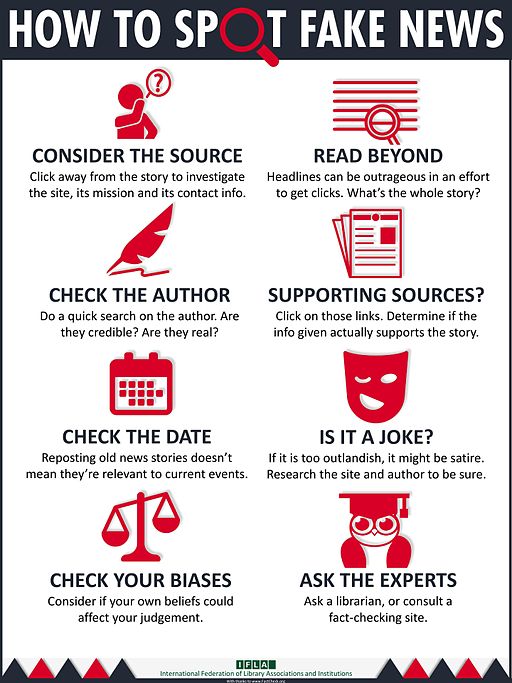Proposal Subject to Municipal Council Approval. Golf Course to Continue Offering all Services Wasatch Educational updated its proposal to the Provo Municipal Council to build and open a proposed medical education campus that will include the proposed Noorda College of Osteopathic Medicine and later the home of Rocky Mountain University of Health Professions on the North Wedge (northwestern) part of the East Bay Golf Course.
Following a December 5 public meeting regarding the topic, Mayor Michelle Kaufusi encouraged all parties to work together to find a potential solution, which they did. Wasatch Educational, Provo Parks and Recreation, Provo Economic Development, and East Bay Golf course refined the proposal to ensure a better balance between the development and the existing uses of the site. “As a group, we collaborated to develop consensus and agreement on the proposed medical school location,” said Dr. Richard Nielsen, vice president of Wasatch Educational and founding president of Rocky Mountain University of Health Professions. “We feel great about this updated proposal for the Provo Municipal Council’s consideration. For us, it has always been about working in good faith through the details, listening to the people of Provo, and working to create a solution where everyone benefits. We plan to be great neighbors with the East Bay Golf Course and all who play there including loyal golfers, local high school teams, parents, children and teens, and tournament participants.” “After listening to all sides regarding this proposal, I encouraged all the parties to work together on creating a solution that would be good for all involved that the Municipal Council could review and hopefully approve,” said Mayor Kaufusi. “I’m glad to see they have done just that. This proposal that will go before the Municipal Council for their consideration has the potential to be a wonderful outcome for our city, for future potential medical students, and for golfers who love and play at East Bay.” Under the proposal, Wasatch Educational will locate its proposed medical education campus, on approximately 21 acres of the northwestern portion of the East Bay Golf Course and a privately owned 7.8 acre parcel of land currently under contract. Additionally, the updated proposal includes the following items, all collaboratively agreed upon by Wasatch Educational, the Provo City Administration, the East Bay Golf Course, and Provo City Parks and Recreation:
“We voice our strongest possible support to these zoning recommendations,” said Nielsen. “We are grateful for the opportunity we’ve had to listen to the community and each of these city partners to make these recommendations to the Municipal Council and to the people of Provo.” The developers of the proposed medical education campus will pay for the relocation of the three current holes to the southeastern portion of the golf course. The new holes will be designed, relocated and playable before construction on the proposed medical education campus begins. “We feel this revised collaborative proposal provides the opportunity for a proposed medical education campus while giving the current users of the golf course assurances that their activities will not be adversely impacted,” said Scott Henderson, director, Provo City Parks and Recreation. It should be noted, all information related to this updated proposal is subject to approval by the Provo Municipal Council who contributed to the recommendations during the Dec. 5 public and Municipal Council meeting. A public open house is planned for Jan. 4, 2018 from 6:00 to 8:00 pm at the Provo Recreation Center and a public meeting is scheduled for Jan. 9, 2018 during the Municipal Council meeting. About Wasatch Educational Founded and located in Provo, Utah in 1998, Wasatch Educational is the holding company of Rocky Mountain University of Health Professions. Its mission is to promote and develop healthcare education institutions. Wasatch Educational will manage the development of the proposed Noorda College of Osteopathic Medicine. www.wasatcheducational.com The proposed Noorda College of Osteopathic Medicine would be an independent and freestanding institution overseen by a Governing Board located in Provo, Utah. Founded and located in Provo, Utah in 1998, Rocky Mountain University of Health Professions (RMUoHP), is a regionally accredited institution under the Northwest Commission on Colleges and Universities, an institutional accrediting body recognized by the Secretary of the U.S. Department of Education. This accreditation is the highest achievable in the United States. RMUoHP is nationally recognized for evidence-based, outcomes-oriented healthcare education. RMUoHP is an exclusive graduate healthcare education institution with a reputation for high-quality, rigorous healthcare education programs (currently 12 doctoral programs or doctoral tracks and four master’s degree programs in different healthcare specialties) and has a diverse student body and faculty with alumni from Utah and all 50 states. www.rmuohp.edu ###
0 Comments
The term ‘yellow journalism’ started in the late 1800’s when two of the largest New York City newspaper publishers, Joseph Pulitzer and William Randolph Hearst, respectively began sensationalizing and creating fake news leading up to the Spanish-American war. Both publishers were infamous in their ability to twist the facts, leave out details and regularly make up news – all to sell more newspapers. Today, fed by social media, search engine optimization, bots, ego or one-sided agendas, we as a global society are faced with overwhelming and increasing numbers of so-called fake news – real looking false stories or blog posts written solely for sensationalistic impact and deception. Driven by technology that can spread fake news around the globe at unparalleled speed, hundreds of thousands and even multi-millions of people are consuming fake news either intentionally or unintentionally. No topic is immune from fake news, but in the final months of the last U.S. presidential election, fake news reached staggering new heights. According to a news analysis from BuzzFeedNEWS, “In the final three months of the US presidential campaign, the top-performing fake election news stories on Facebook generated more engagement than the top stories from major news outlets such as the New York Times, Washington Post, Huffington Post, NBC News, and others ….” The BuzzFeedNEWS analysis went on to say that the “20 top-performing false election stories … generated 8,711,000 shares, reactions, and comments on Facebook.” Compared to 7,367,000 of “the 20 best-performing election stories from 19 major news websites.” One of the most important aspects of news consumption is to think and act like a fact checker. Sourcing Mike Caulfield, director of blended and networked learning at Washington State University in Vancouver, NPR says, “…Fact-checkers read laterally – moving quickly away from the original text, opening up a series of tabs in a browser to judge the credibility of its author and the sources it cites.” With so much fake news available, the begging question is how to see through it all? Here are five ways to get to the truth compiled by several sources:
It is clear media outlets such as Facebook and Twitter understand the power they wield in the distribution of fake news. Facebook indicated they plan to thin out fake news or provide ways for their community to tell the difference between fake and real news. In a Facebook statement on fake news, Mark Zuckerberg, said, “We don't want any hoaxes on Facebook. Our goal is to show people the content they will find most meaningful, and people want accurate news. We have already launched work enabling our community to flag hoaxes and fake news, and there is more we can do here. We have made progress, and we will continue to work on this to improve further.” Though fake news has always been a part of society, it today seems to be used at an ever-increasing pace. Following these five steps along with others that are available, people can see through fake news. Additionally, you can use these sources to find out if stories or topics are fake or fact: Politifact, Snopes, Media Bias/Fact Check, and Fact Check. Of course, writers, bloggers, and journalists could all decide to write only accurate stories based on fact and using accurate sources and analysis making it easier for us all to consume ‘real news.’ Here is a cool infographic, How to Spot Fake News, from The International Federation of Library Associations and Institutions (IFLA). Note: I wrote a version of this post earlier in the year that appears on the blog of SnappConner PR. |
Maloy PRThe news and views of Maloy PR and its clients Archives
October 2020
Categories
All
|




 RSS Feed
RSS Feed
